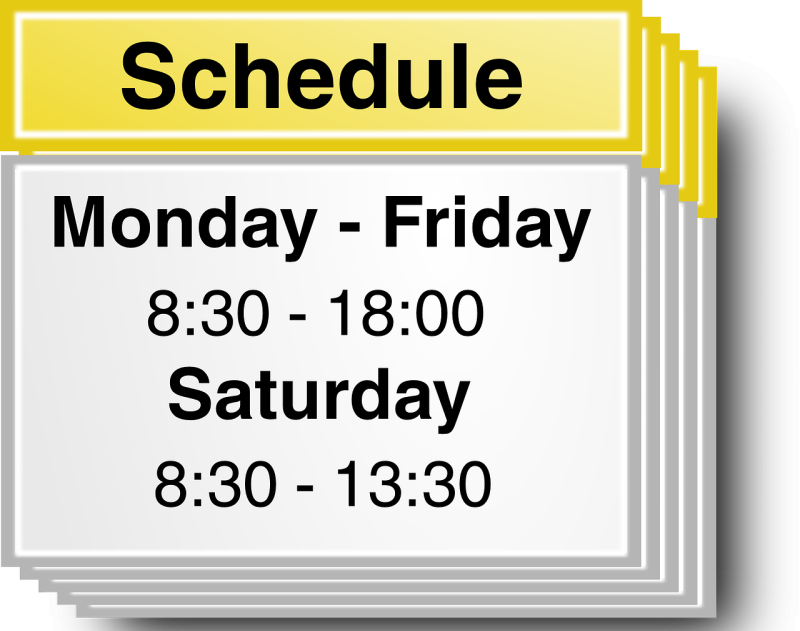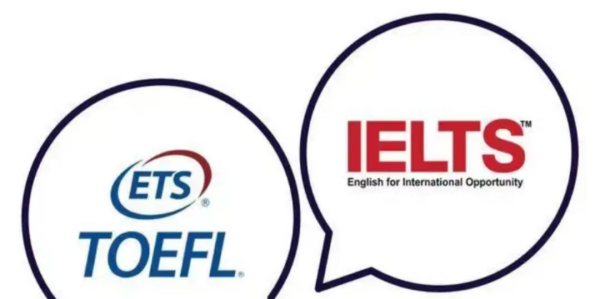be good的四种用法
一、“ be good at sth. ”和“ be good at doing sth. ”表示“善于,擅长于(做)……”,“ be good at sth. / doing sth. ”与“ do well in sth. / doing sth. ”结构相同,使用时要注意系动词 be 和谓语动词 do 在主语人称和数不同时的相应变化。如:
我父亲擅长于画马。
My father is good at drawing horses.
My father does well in drawing horses.
二、be good for
be good for 表示“能……有好处(益处)”,此短语的反义词是“ be bad for (对……有害处)”。如:
Running is good for your health. 跑步对你身体有好处。
Watching TV too much is bad for your eyes. 电视看得太多对你的眼睛有害。
三、be good at
be good at 表示“擅长于某一学科知识或技能”,也可表示“在……方面做得好。” be good at 后面接名词、代词、动词的 -ing 形式,相当于 do well in .如:
Mike is good at swimming. 迈克擅长于游泳。
I am good at English. 我擅长英语。
四、be good to
be good to 表示“对待……好”, to 后一般接表示人的代词或名词,其中 good 可用 friendly 代替。
此短语的反义词是“ be bad to (对待……不好)”。如:
Miss Li is very good / friendly to us students. 李老师对我们学生非常好。
The son is not good / bad to his old parents. 那个儿子对他年老的父母不好。
be good at 意为“擅长……”,表示“擅长于某一学科知识或技能”。后接名词、代词或V-ing形式。
be good for意为 “对……有好处、能”。
Be good! 好好的!别淘气!听话,用于口语交流中。
be good with意为“灵巧的;与……相处得好”。
a talking robot句型讲解
Sure, I am a talking robot and I am here to assist you. Please ask me any question you have.
在英语中,描述一个“说话的机器人”可以使用以下句型:
1. 主语 + 动词 + 形容词 + 名词:A talking robot is intelligent.(一个说话的机器人很聪明。)
这个句子中,“A talking robot”是主语, “is” 是动词, “intelligent”是形容词,描述了机器人的特点。
2. 主语 + 动词 + 名词短语:The talking robot has advanced features.(这个说话的机器人有先进的功能。)
这个句子中,“The talking robot”是主语,“has”是动词,“advanced features”是名词短语,描述了机器人的特点。
3. 主语 + 动词 + 名词:My friend built a talking robot.(我的朋友制作了一个说话的机器人。)
这个句子中,“My friend”是主语,“built”是动词, “a talking robot”是名词,描述了动作和机器人的关系。
4. 主语 + 动词 + 介词短语:The talking robot is capable of answering questions.(这个说话的机器人能够回答问题。)
这个句子中,“The talking robot”是主语,“is”是动词,“capable of answering questions”是介词短语,描述了机器人的能力。
5. 主语 + 动词 + 名词从句:I wonder what the talking robot can do.(我想知道这个说话的机器人能做什么。)
这个句子中,“I”是主语,“wonder”是动词,“what the talking robot can do”是名词从句,表示疑问或关注的内容。
这些句型可以帮助你描述一个“说话的机器人”并表达相关的信息和意思。根据具体的情境和需要,你可以选择适当的句型来表达自己的想法和观点。













